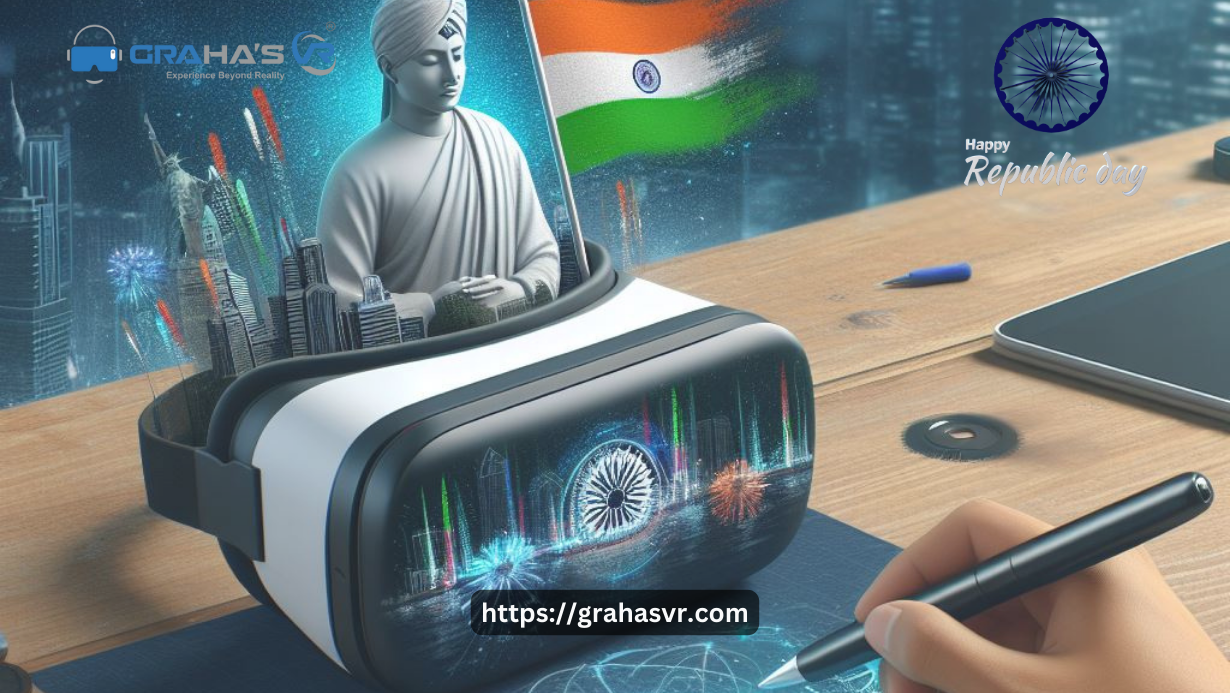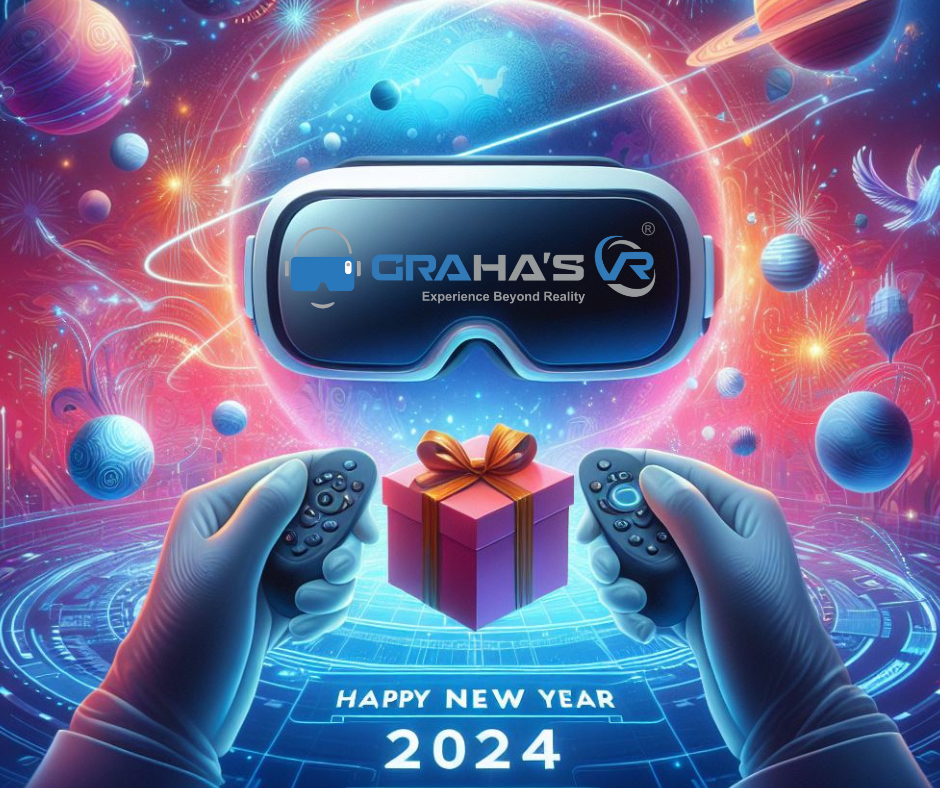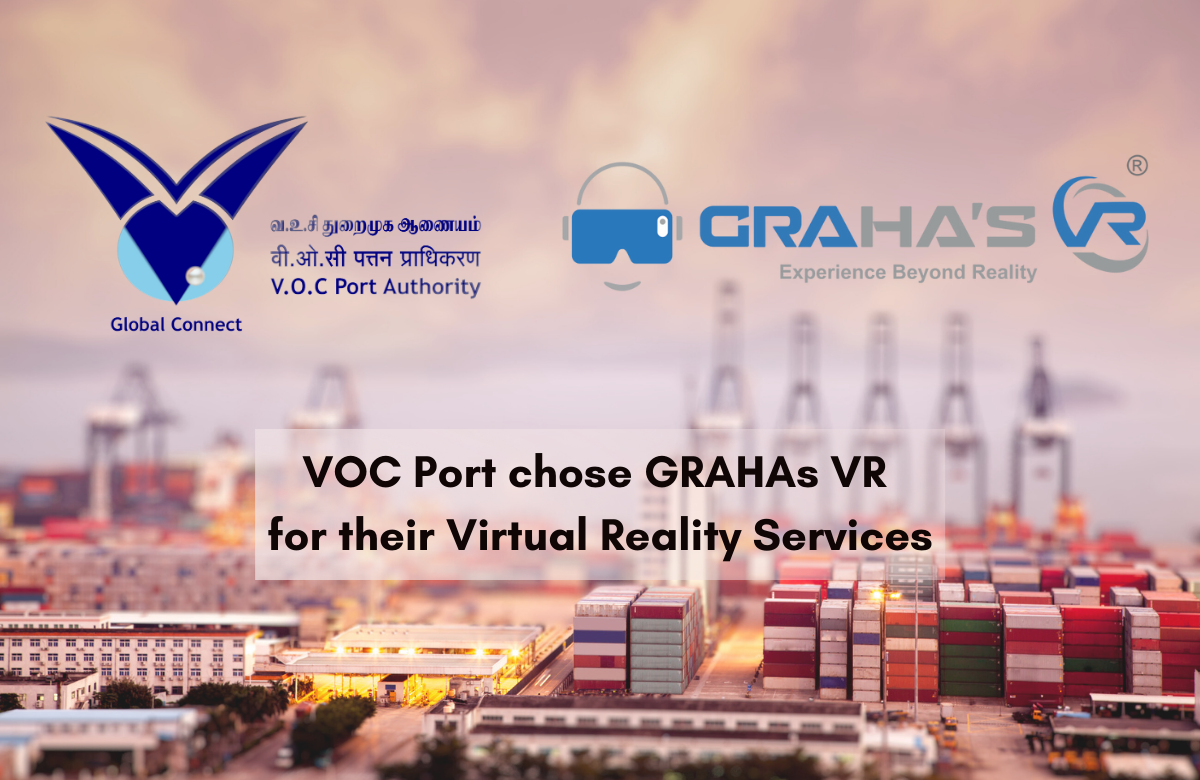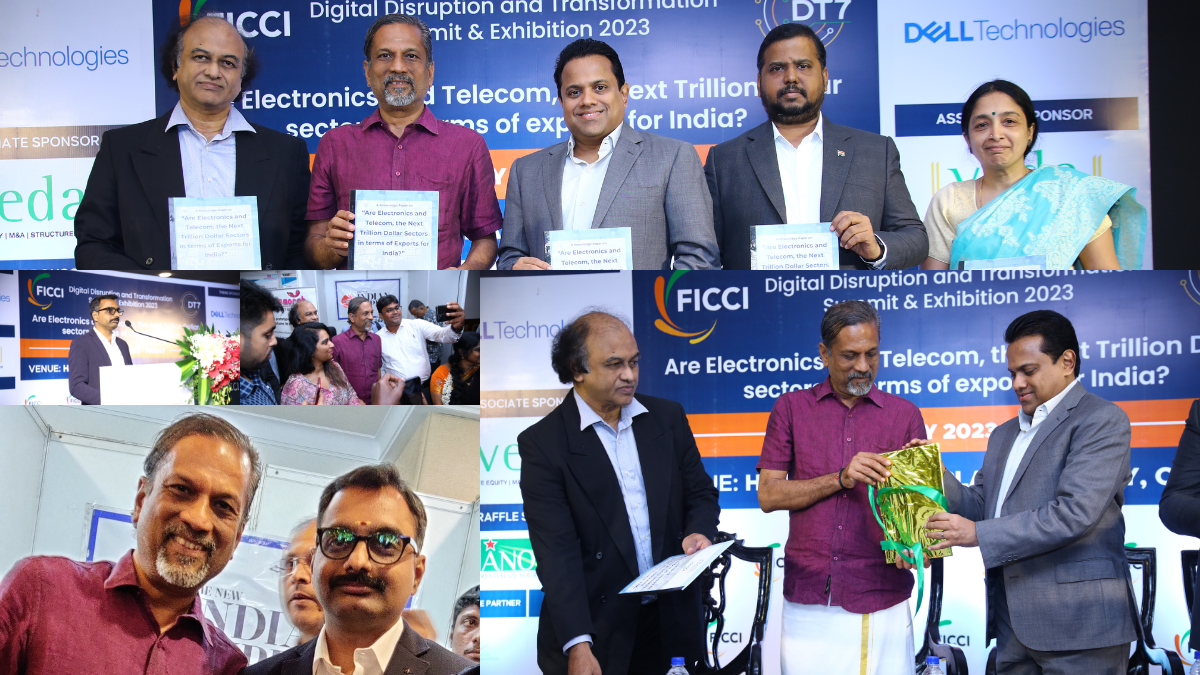GRAHA's VR - A Square Comp Brand.
No.42, Avadi-Vel Tech Road, Chennai, Tamil Nadu 600062, Vel Tech TBI.
Chennai, Tamil Nadu, India
Spatial Computing & it's Future - Part II
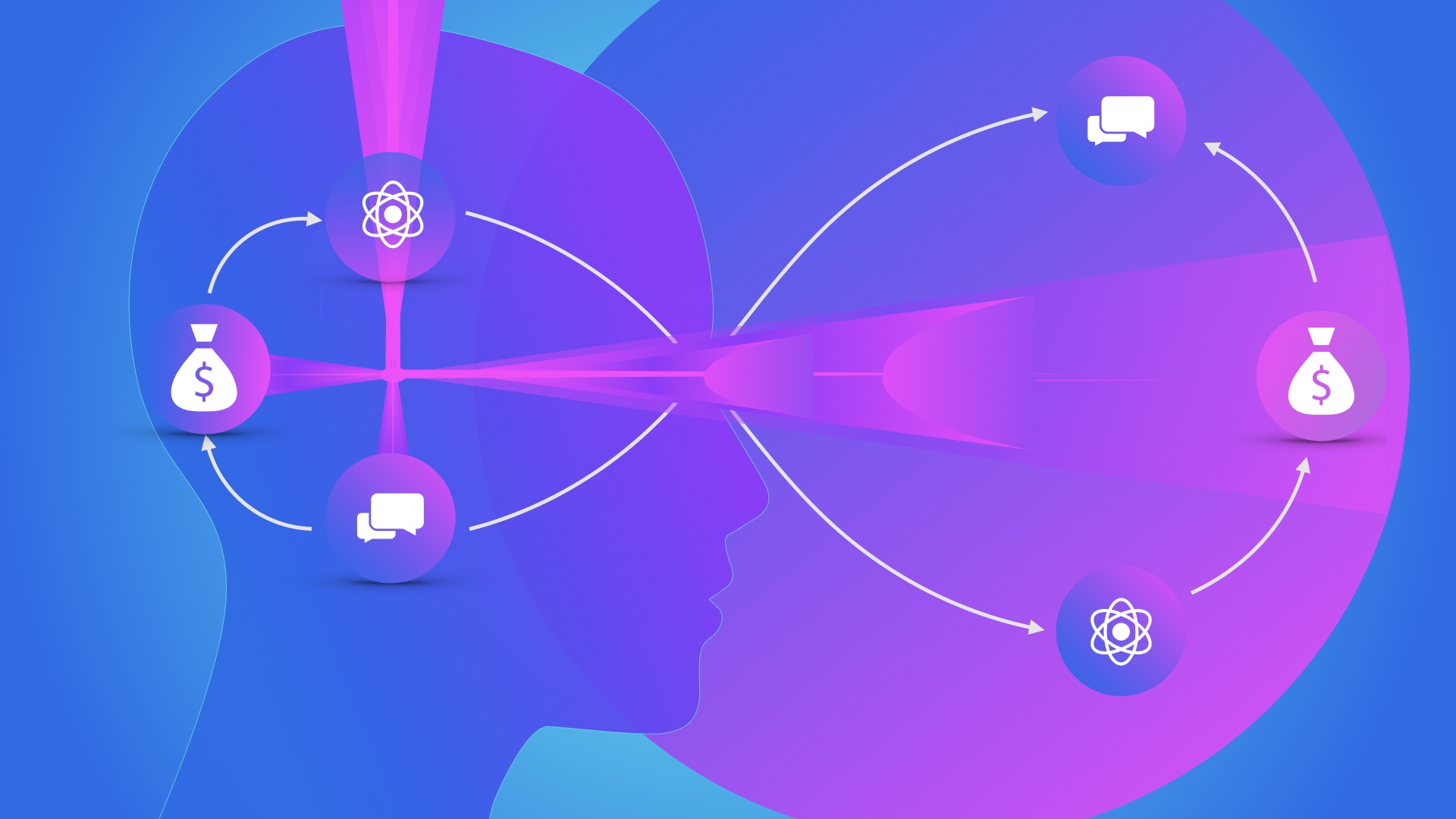
In our last issue, we had briefly touched upon and discussed about the basics of âSpatial Computingâ. There were brief pointers explaining various reality divisions of Spatial Computing.
Spatial Computing as an entire industry combines a mixed force of several of its subsidiaries like VR, AR & MR. Each of these on their own have a separate billion dollar plus market potential.
As per a market research conducted in January â2021 post Covid, the spatial computing market is poised to grow from USD 21.4 Billion in 2020 to USD 254.1 Billion by 2027 growing at 42.4% compound annual growth rate, as per the Market Digits forecast.
It is effective to say that the pandemic has ushered in an era of growth for alternate reality technologies.
In terms of the current usage, there is a wide spread awareness and use case for these technological domains in the Enterprise segment and they were briefly discussed in the previous Issue# 2
Given that, they have user undertaking and problem solving potential in the Enterprise & B2B end of our world, they havenât made their in roads, other than a couple of niche segments in the consumer market. Even though there has been a spike in the adoption of AR & VR in gaming, they havenât been able to cater to the everyday audience for their productivity and tools for their day to day activities.
Smartphone was such a great invention & innovation, which changed the technological landscape post 2007. There was a frenzy for every new model launch and release, there was so much hype and hoopla for new device launches across brands. The innovation factor and technological advancement corroborating with these launches also did justice to these hype and frenzy around. This climate lasted for well over more than a decade, but ever since then somehow the curve has flattened in both the ends. There hasnât been any significant ground breaking launches or product advancements for the past few years, even from the big tech-wigs. Nevertheless, they have been making progress in terms of revenue and market cap. Somehow, this segment has saturated owing to the quick nature of its advancements and everyone is hungry for some path breaking innovation.
Spatial Computing is touted to be next in line, to this path breaking innovation and itâs been in research and development for quite sometime now, from all the major stakeholders involved.
As stated earlier, this form of computing is going to use your existing space for the interface, whether you have visual contact with the physical world or not. Some of the key enablers of making this technology mainstream is the parallel advancement in its technological counterparts like Optics, Display, Input tools, Form Factor and Battery etc. Until the smartphones, the computing devices had sufficient distance between user eye contact or view point to the display screen.
Optics & Display: With spatial computing devices, this gets the primary attention and is critical to large scale consumer adoption. The point of display and user eye box are too close to experience virtual content for longer duration. Both the display and optics technology has to be addressed to ensure there are no side effects for the users in the longer run.
We will require displays with high refresh rate and proper contrast ratio combined with optics that can eliminate pupil strains & color sickness. There has already been some significant advancement in this end with our smartphones having a refresh rate of 120 Hz. Also with respect to optics, we arenât lagging behind, as we have optics that can reproduce close to human eye quality.
Input Tools: This area in particular is going to be more challenging & interesting to watch out for. We are talking about combination of devices like AR, VR & MR. All these have different accessibility methods, so we need to have an input method thatâs non intrusive to the users and enhances their user experience. There are some significant work happening to this end like voice recognition, gesture control & hand tracking etc. But, it will be challenging to come up with an universal control for all the form factors and modalities. Whichever company cracks this first, will have a larger pie of the aforementioned 254 Billion Dollars.
Form Factor & Battery: Most of the forthcoming devices in this region aspire to be in the form factor of a Glass, as thatâs more user friendly and exhibits immersive experience. Other than Glasses, we have VR Headsets and Gears which are a bit big, given that they have to include the computing power and the display screen in them. The size and shape of the current devices canât be held as a barometer for the future devices, as they are getting smaller and lighter as we progress.
In terms of battery, we will need batteries that are smaller and at the same time can withstand to handle huge computing applications and large volume of storage. With the advent of 5G, the battery consumption can be addressed to a large extent owing to its tenet of low battery consumption and high output. Whereas, for the computing and display output, we need chips that can consume less power with high output. One other important factor in battery is itâs size. We need to have batteries that are the size of a watch battery, but can provide the output of our high end gaming smartphones.
The next few years will be interesting to watch out in the technical landscape, as to who gets to address these primaries first and get their first few million & billion users into a Virtually Augmented Spatial World.
Often any mainstream adoption of new technology requires complementary infrastructure and technical abilities. The above mentioned are some of the impending factors in making Spatial Computing devices, be in the hands of everyday users. We will get to see how much of Science Fiction is turned into a reality with these alternate realities.

